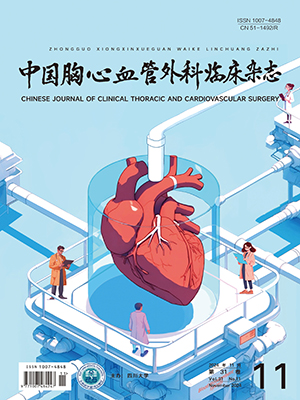Abstract: Objective To investigate the messenger ribonucleic acid (mRNA) expression level of tissue-type plasminogen activator (t-PA) in endothelial cells derived from adult mesenchymal stem cells (MSCs) after fluid shear stress loading which is within the physiological range. Methods After culturing in vitro, bone marrow MSCs of SD rats were seeded on slides.When it come to 80% confluence,26 slides were exposed to 5dyn/cm2 fluid shear stress for 3h in a flow chamber, and then induced to endothelial cells. Among them,13 slides constituted group Ⅰ, and the rest 13 slides set up group Ⅱ, which would be cultured for 3-4d further and passaged in 1∶3. At the same time, control group was set up, which including the cells never exposed to fluid shear stress before the endothelial differentiation. Fluid shear stress were exerting to cells in a specially made flow chamber. The expression level of t-PA mRNA of all groups were measured by real-time fluorescent quantitation reverse transcriptionpolymerase chain reaction (RTPCR). Results After endothelial differentiation for 7 days, the SD rats bone marrow MSCs acquired typical endothelial cell appearance. The t-PA mRNA expression level of group Ⅰ and group Ⅱ have an obviously enhance compared with control group(P<0.05). The t-PA mRNA expression level of group Ⅱ step down a little (P>0.05), but it is still significantly higher than that of control group (P<0.05). Conclusion Fluid shear stress could provide a protective action on the endothelial cells induced from MSCs in vitro, and the effect maintains with the cells passages. This formulates a theoretical foundation to the therapeutics of atherosclerosis and selection of seed cells in vascular tissue engineering.
Citation: YANG Siyuan,SHI Yingkang,WU Changxue,DIAN Ke,WU Jiang.. Effect of mRNA Expression Level of Tissuetype Plasminogen Activator in Endothelial Cells Derived from Bone Marrow Mesenchymal Stem Cells after Fluid Shear Stress Loading. Chinese Journal of Clinical Thoracic and Cardiovascular Surgery, 2007, 14(2): 117-121. doi: Copy




